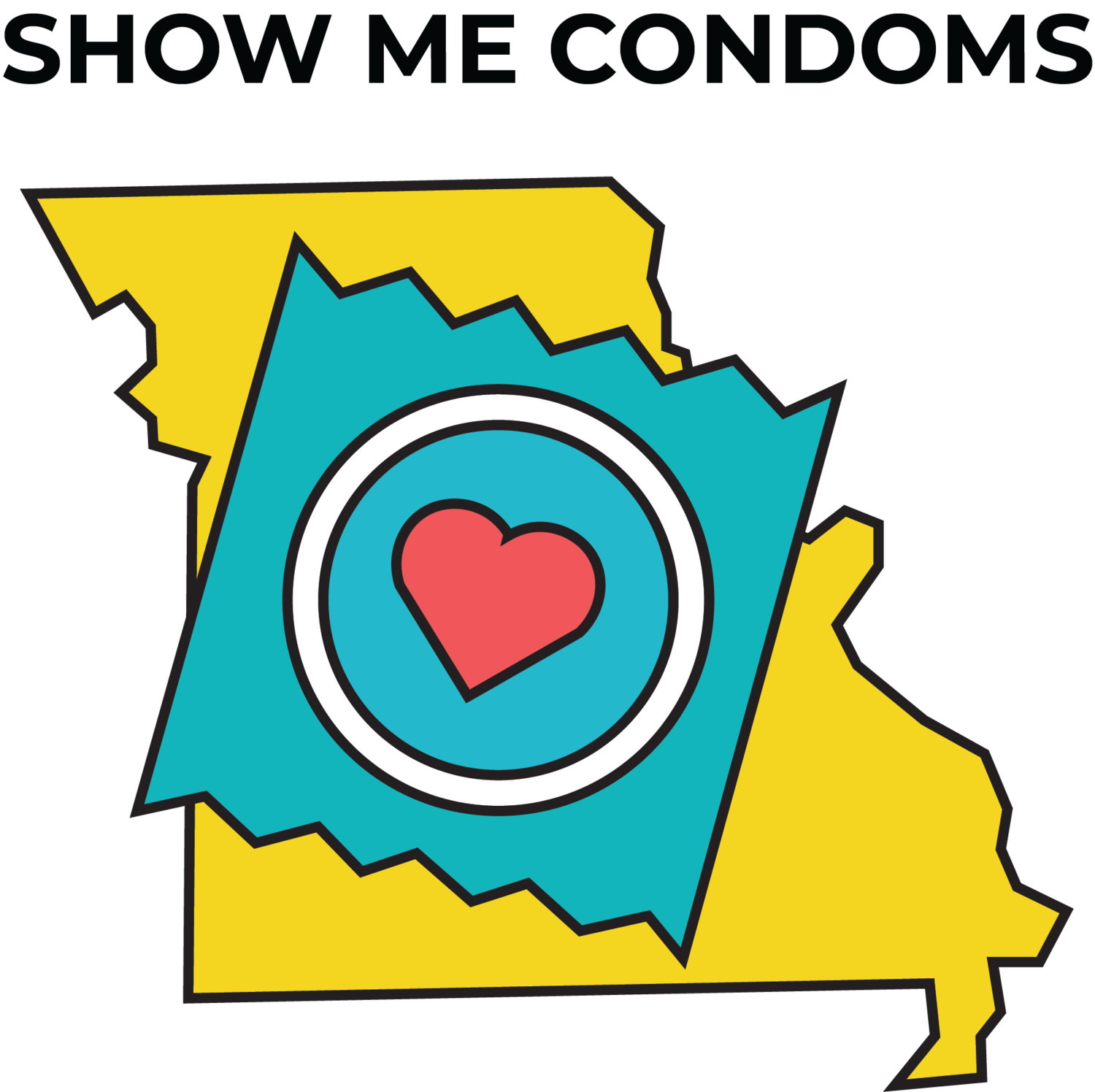Human Immunodeficiency Virus (HIV)
HIV attacks the immune system, which worsens the body’s ability to fight off infections and diseases. HIV passes from one person to another through contact with specific bodily fluids. Roughly 90% of new HIV infections in the United States occur during sex. This is followed by sharing needles and injecting drugs. HIV can also spread from an infected mother to her newborn.
HIV spreads through 4 bodily fluids:
Direct contact with blood from a person living with HIV.
Vaginal Fluid
Semen
Breast Milk
HIV is not spread by:
Urine
Saliva
Snot
Air
Casual touch
Once the virus enters a person's body, it attacks white blood cells, which keep the body healthy. When the virus destroys the body's infection-fighting white blood cells, HIV multiplies. This results in white blood cells being killed off while the HIV numbers grow. If left untreated, HIV eventually progresses to AIDS.
Support is available for those who have tested positive for HIV. Learn more here.
Acquired Immunodeficiency Syndrome (AIDS)
Healthy bodies usually have thousands of white blood cells which help keep the body healthy by fighting against diseases and infections. A person with untreated HIV is depleted of infection-fighting white blood cells as HIV kills them off. The term “AIDS” is used when less than 200 white blood cells remain. This stage occurs anywhere from 2-10 years after the initial onset of HIV infection. Persons living with AIDS begin to see opportunistic infections and infection-related cancers like Kaposi sarcoma. Opportunistic infections occur more frequently or are more severe in people with weakened immune systems than in people with healthy immune systems.
Likelihood of transmission with different types of sex
Anal: Anal sex has the highest likelihood of transmitting HIV. This is because the anal tissue is more tender and therefore, more easily torn. This creates a direct entry into body for the virus.
Vaginal: Vaginal Sex carries a likelihood of HIV transmission because it is also a direct entry into the body. This risk is higher for females than males this way.
Oral: Oral sex has the lowest likelihood of transmitting HIV. Increased risk occurs when infected fluids come in contact with cuts or sores in the mouth.
When to get tested?
People who have multiple partners and do not use condoms consistently are more at risk for HIV infection and should get tested every 3-6 months. Otherwise, people should get tested annually.
Prevention
Limit your number of sexual partners.
Never share needles, or use clean needles to lower your risk of HIV infection.
Use condoms often and correctly.
Take the antiretroviral drug pre-exposure prophylaxis (PrEP) if you are at high risk of HIV infection.
If you think you’ve been exposed to HIV within the last three days, ask a health care provider about post-exposure prophylaxis (PEP) right away. PEP can prevent HIV, but it must be started within 72 hours.
Treatment
A treatment for HIV called Antiretroviral Therapy (ART) prevents the HIV virus from multiplying, so some people may never progress to AIDS. Studies show that with early treatment, HIV levels can become so low that it’s virtually undetectable in the blood. This means that people can live longer and have less risk of spreading HIV to others. Although, even with undetectable HIV levels, a person living with HIV is not HIV free as the virus remains hidden in the body. Therefore, consistently taking highly active antiretroviral medications is essential.
U=U— Undetectable viral load = Untransmittable
People living with with HIV who receive and maintain ART achieve an undetected viral load making them untransmittable to others. Meaning, they cannot transmit HIV infection to others.
Pre-Exposure Prophylaxis (PrEP)
People at higher risk for HIV should take PrEP. This is a pill taken once-a-day to prevent HIV. When PrEP is taken daily, the risk for HIV is reduced by up to 99%. This medication is less effective when users do not adhere to the treatment plan. PrEP is safe, but can cause mild to moderate side effects that subside over time. No serious side effects have been reported. Talk to your health provider if you believe you might be at risk for HIV.
Post-Exposure Prophylaxis (PEP)
PEP is different than PrEP. It is a antiretroviral medicine used after potentially being exposed to HIV to prevent becoming infected. PEP must be started within 72 hours of HIV exposure, as time matters. The sooner you take PEP the better. You must take PEP once or twice daily for 28 days to prevent HIV. Talk to your health provider if you believe you could have been potentially exposed to HIV.
To find HIV Testing in your area, click here.
For more information about HIV/AIDS, click here.
To use the risk estimator, click here.

